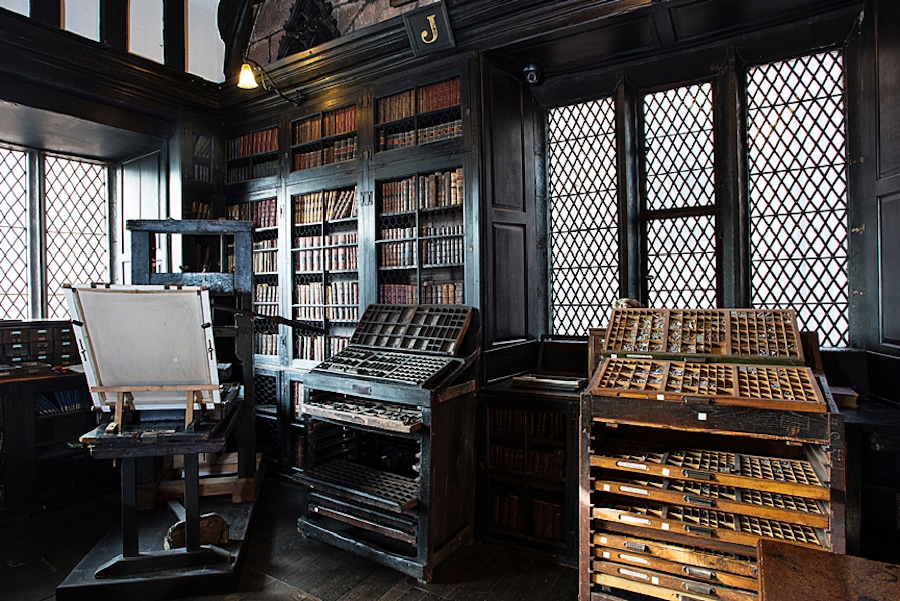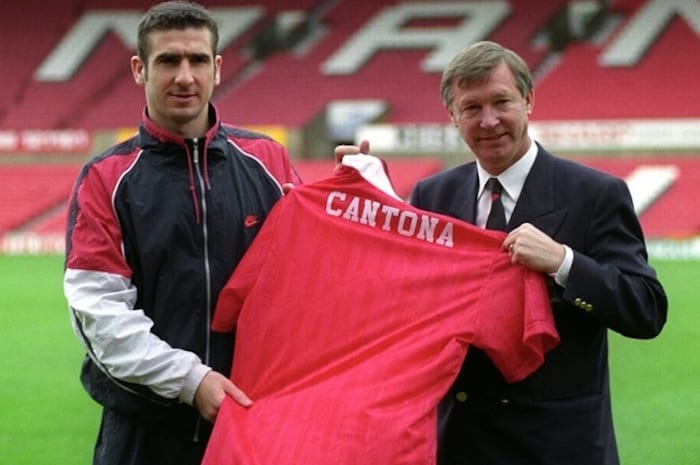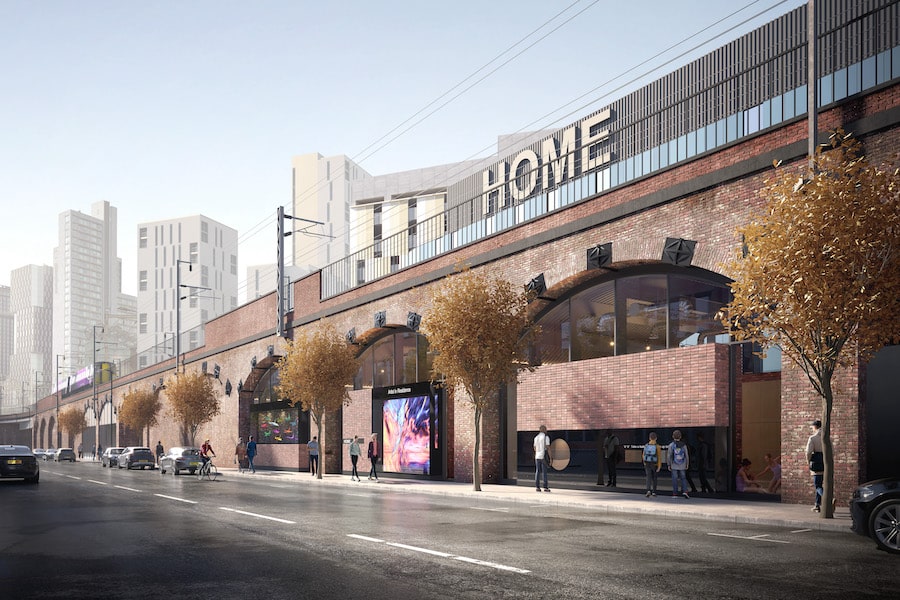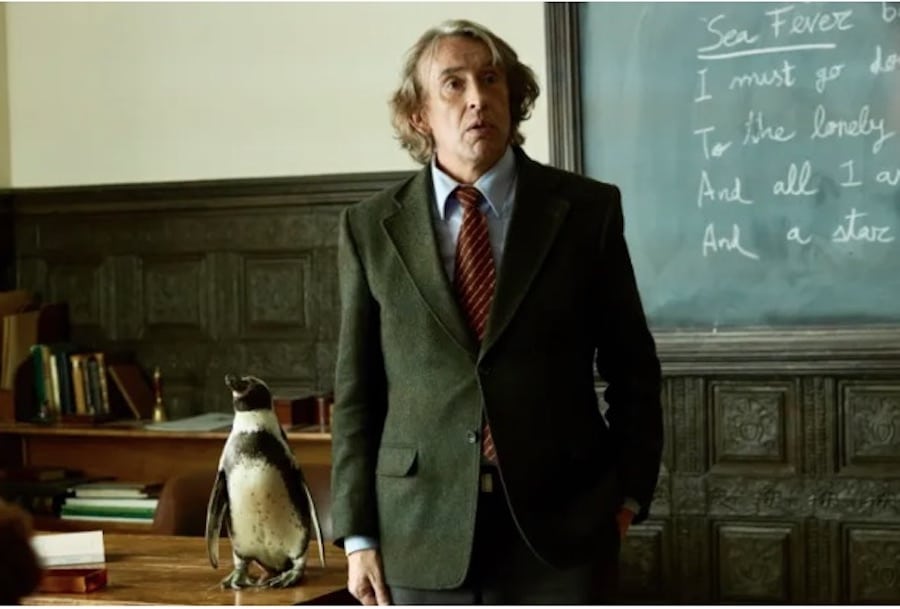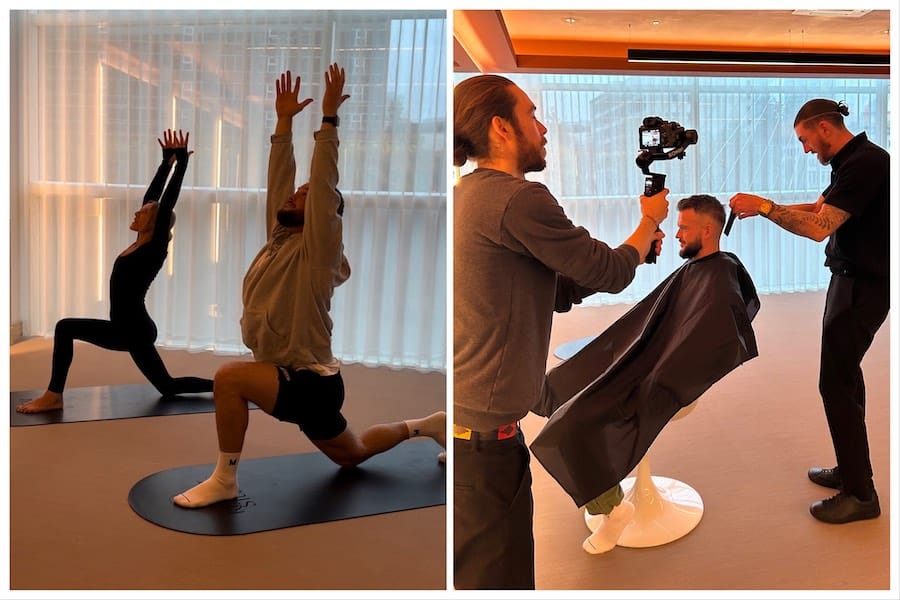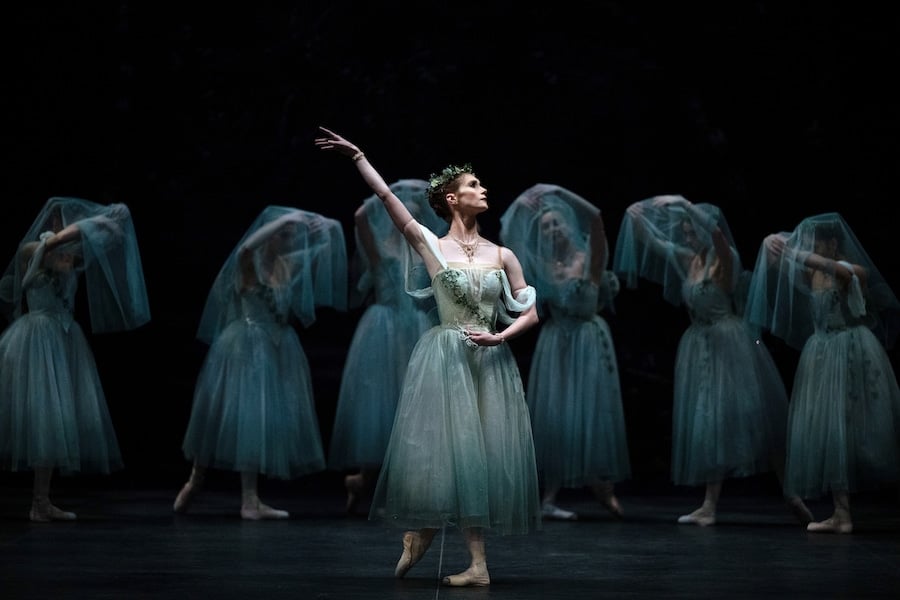Beauty and the Beast ballet at The Lowry captures the darkness of the original 18th century fairytale
- Written by Louise Rhind-Tutt
- Last updated 5 years ago
- Ballet, City of Salford, Theatre
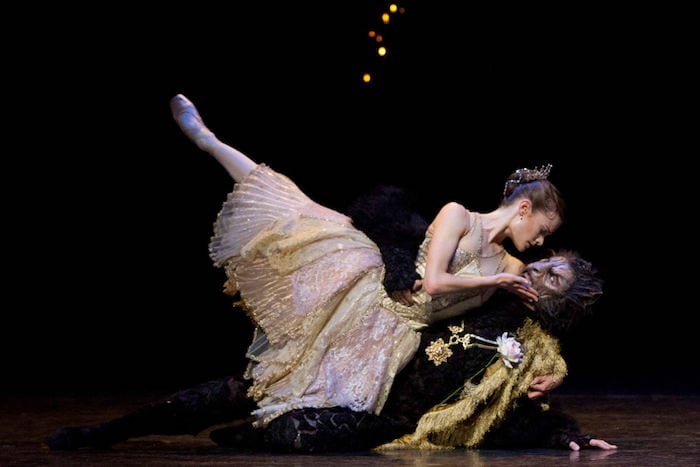
It’s a tale as old as time, according to the Disney song.
And the story of Beauty and the Beast certainly dates back a few centuries, first appearing in print in Western culture in the Italian Straparola’s The Nights of Straparola in 1550, then in French in Perrault’s Tales of Mother Goose in 1697, and in Madame Villeneuve’s collection of stories in 1740.
The definitive version, La Belle et le Bête, was composed by Jeanne-Marie Leprince de Beaumont and published in 1756.
On stage, Planche’s “operatic, melodramatic fairy extravaganza in two acts” premiered in 1811 at Covent Garden. On screen, Jean Cocteau’s unforgettable 1940s film and Walt Disney’s animated 1991 versions have become classics, while Disney’s live action 2017 version with Emma Watson and Dan Stevens brought the story to a new audience.
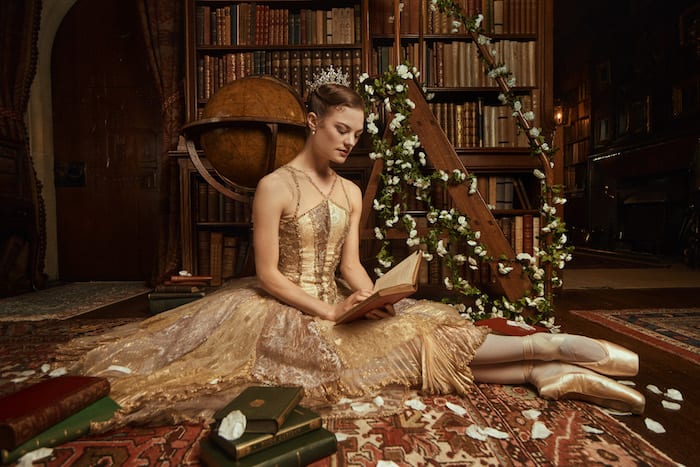
But there’s nothing Disney-fied about David Bintley’s gothic fairytale ballet, which he created back in 2003 and which is presented as part of his final season with the Birmingham Royal Ballet company.
While love conquers all in this magical production, currently on tour at The Lowry, it doesn’t shy away from the intriguing darkness of the original 18th century fairytale.
And there are no yellow ballgowns or dancing teapots.
Accompanied by a live orchestra with the Royal Ballet Sinfonia, Canadian composer Glenn Buhr’s specially commissioned rich musical score offers the perfect backdrop for this ballet’s animated choreography with its masterful solos and elegant pas de deux.
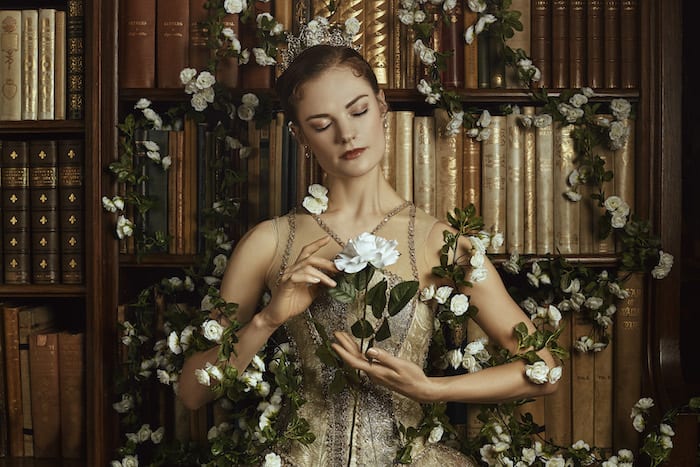
And lavish costumes, sophisticated sets and moody lighting add to the gothic splendour of the production.
The performance begins with Belle reading a fairy tale in a beautiful library, before she becomes transported into the world of her story which begins to slowly unfold around her.
A cruel Prince, rich, vain and powerful, is out hunting with friends and about to close in on his vixen prey when he’s stopped by a woodsman. The woodsman hides the vixen beneath his coat, where she’s transformed into a girl and escapes.
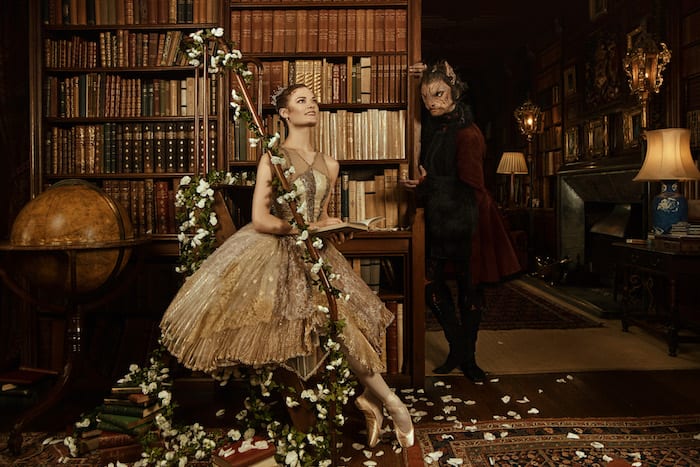
In his anger, the woodsman turns the Prince into a beast, and he is cursed to spend the rest of his life living in a fantastical castle with the animals he callously hunted.
Robbed during a storm, Belle’s father, a merchant, takes refuge in the castle. He picks a rose for his youngest daughter – the only gift she desires, beautiful in its simplicity – but the monstrous Beast appears and is outraged at the theft.
In return for his life, the merchant must send Belle to the castle – and wanting to save her father, she agrees. Stripped of his handsome features, the Beast must win Belle’s heart – or end up alone.
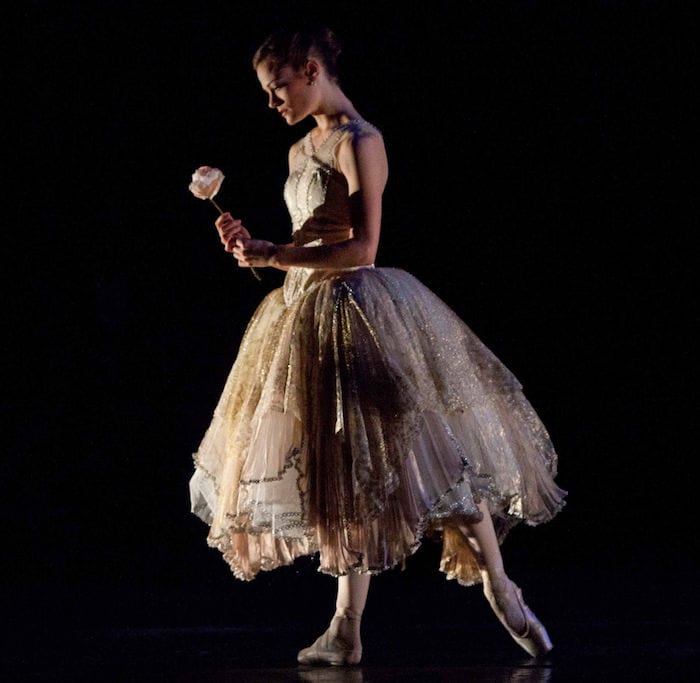
Every night, the beast asks Belle to marry him, but she declines – although by this time she has grown used to him and sees only his good heart.
She longs to see her father, so the Beast gives her a rose and releases her, on condition that she returns before it dies – or he too will perish of a broken heart.
Belle arrives back at the point of death – and tells the Beast she has always loved him and will marry him. His shape transforms into that of the Prince.
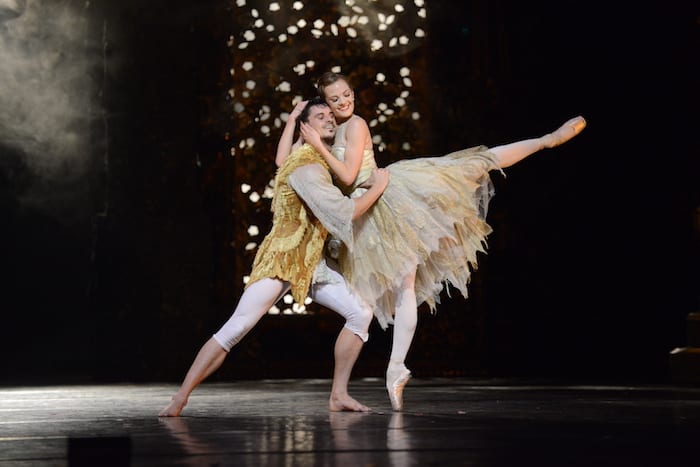
The final pas de deux, when the Beast has transformed back into a human, is a moment of soaring beauty and emotional complexity. Belle is confused because she fell in love with the Beast, but now there’s a stranger in his place.
Reflecting a scene earlier in the ballet, the Prince touches her hand to his heart and she realises that this is still the person she fell in love with.
The tale may be as old as time, but it has lost none of its power over the years – and this beautiful adaptation brings the original myth vividly to life.
Birmingham Royal Ballet’s Beauty and the Beast is at The Lowry Theatre until Saturday 23rd March.
- This article was last updated 5 years ago.
- It was first published on 21 March 2019 and is subject to be updated from time to time. Please refresh or return to see the latest version.
Did we miss something? Let us know: [email protected]
Want to be the first to receive all the latest news stories, what’s on and events from the heart of Manchester? Sign up here.
Manchester is a successful city, but many people suffer. I Love Manchester helps raise awareness and funds to help improve the lives and prospects of people across Greater Manchester – and we can’t do it without your help. So please support us with what you can so we can continue to spread the love. Thank you in advance!
An email you’ll love. Subscribe to our newsletter to get the latest news stories delivered direct to your inbox.
Got a story worth sharing?
What’s the story? We are all ears when it comes to positive news and inspiring stories. You can send story ideas to [email protected]
While we can’t guarantee to publish everything, we will always consider any enquiry or idea that promotes:
- Independent new openings
- Human interest
- Not-for-profit organisations
- Community Interest Companies (CiCs) and projects
- Charities and charitable initiatives
- Affordability and offers saving people over 20%
For anything else, don’t hesitate to get in touch with us about advertorials (from £350+VAT) and advertising opportunities: [email protected]

The game-changing, free-to-use space for artists and creatives opens
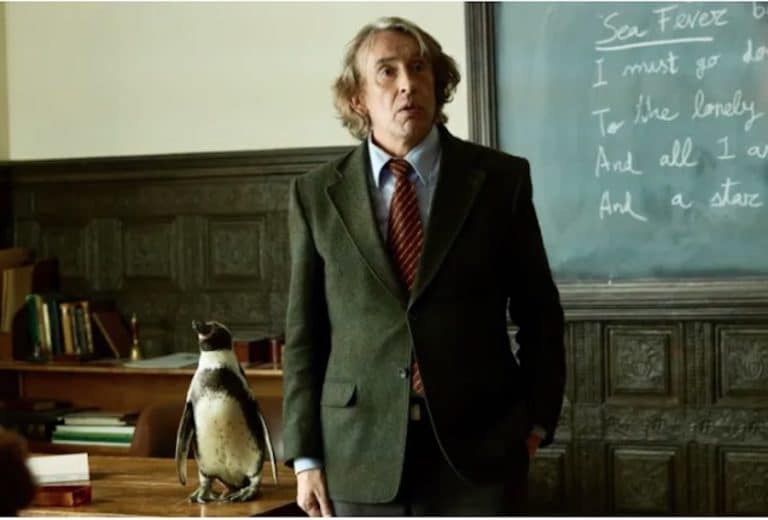
“A spectacular showcase of storytelling” Manchester Film Festival reveals 2025 line up

Manchester is a ‘city of sanctuary’ – but what does that mean?
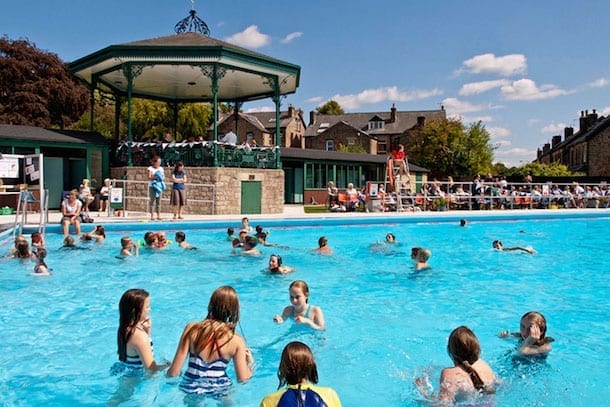

Is this the most ambitious regeneration project in Manchester’s history?







